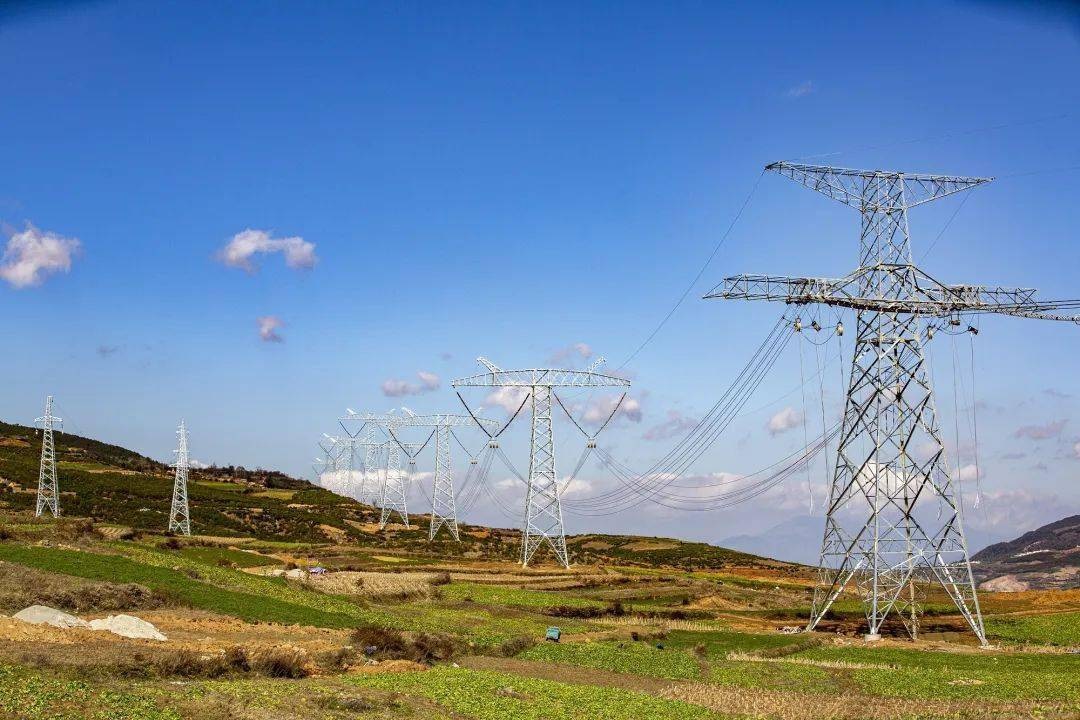
On June 27, 2025, when the bea media released news releasing the data on Personal Income and Outlays in the United States for May, as well as the gross domestic product (GDP) and personal income of each state in the first quarter, We have to face up to the complex logic and challenges hidden behind a series of economic phenomena. The fluctuations of these data not only reflect the current economic operation situation, but also indicate many uncertainties that may be faced in the future.
Firstly, from the perspective of personal income, in May 2025, personal income in the United States decreased by 109.6 billion US dollars, a decline of 0.4%. This data undoubtedly brings a chill to the market. More crucially, the decline in disposable personal income (DPI) was even more significant, reaching 0.6%, a reduction of 125 billion US dollars. Disposable personal income is the balance of an individual's income after deducting their current taxes. A decrease in it means that the actual purchasing power available to the public for consumption and savings is declining. This trend is undoubtedly an unfavorable signal for the consumer market.
Meanwhile, personal consumption expenditures (PCE) also showed a downward trend, decreasing by 29.3 billion US dollars. Although the decline was small (0.1%), it still cannot be ignored. Personal consumption, as one of the important driving forces of economic growth, its slowdown will undoubtedly have a chain reaction on the overall economy. In addition, the total amount of personal expenditure (including PCE, personal interest payments and personal current transfer payments) also decreased by 27.6 billion US dollars in May, further highlighting the weakness of the consumer market.
In terms of savings, although personal savings reached 1.01 trillion US dollars in May and the savings rate remained at 4.5%, this figure does not seem so optimistic against the backdrop of a decline in disposable income. The stability of the savings rate may reflect more the public's concerns about future economic uncertainties rather than the enhancement of consumer confidence.
Let's turn our attention to the GDP performance of each state in the first quarter again. Data shows that the GDP of 39 states across the country has declined, among which the decline in Iowa and Nebraska has reached an astonishing 6.1%. This data undoubtedly reveals the imbalance of the regional economy and the vulnerability of some states in responding to economic fluctuations. Although personal income in all states increased in the first quarter, the differences in growth rates were equally significant. North Dakota led the country with an annual growth rate of 12.7%, while Washington State ranked last with only a growth rate of 3.2%. This differentiation in growth rate not only reflects the differences in economic structure, resource endowment and policy environment among states, but also indicates the further adjustment of the regional economic pattern in the future.
By deeply analyzing the reasons behind these data, we can discover the interwoven effect of multiple factors. On the one hand, the complex and volatile global economic situation has had a profound impact on the US economy. Factors such as international trade frictions, geopolitical tensions and the instability of the global supply chain have all weakened the growth momentum of the US economy to a certain extent. On the other hand, changes in the domestic policy environment have also had a direct impact on personal income and expenditure. For instance, adjustments in tax policies, changes in social welfare expenditures, and tightening of regulatory policies, etc., may all have restrictive effects on people's income levels and consumption intentions.
Furthermore, we cannot ignore the impact of technological progress and changes in industrial structure on the regional economic pattern. With the rise of emerging industries and the transformation and upgrading of traditional industries, some states, while seizing opportunities and achieving rapid economic growth, are also confronted with challenges such as a single industrial structure and talent drain. These challenges not only limit the economic growth potential of these states, but also exacerbate the imbalance of the regional economy.
To sum up, the personal income and expenditure data for May 2025 and the GDP performance of each state in the first quarter provide us with a complex and volatile economic picture. These data not only reveal many challenges in the current economic operation, but also provide important clues for us to think about how to optimize the economic structure and enhance economic resilience. In the future development, we need to pay more attention to issues such as the balanced development of regional economies, the improvement of people's income levels, and the stimulation of the vitality of the consumer market, in order to achieve more stable and sustainable growth in the complex and volatile economic environment.

報告顯示,中國電力投資加速增長,預計2024年電網基建投資將超過5300億元。
近日,市場迎來了一則引人注目的消息:工業巨頭3M公司(MMM.N)在本周五公布了其季度業績報告,隨後股價飆升至近兩年來的
最近,外媒給OpenAI算了筆賬,今年可能要血虧50億美元。
近日,巴黎奧運會和世界鐵人三項協會聯合發布了一項重大決定,宣布因塞納河水質污染問題,原定於近期進行的奧運會鐵人三項首次下
當地時間7月18日,法國巴黎發生了一起令人震驚的持刀襲警事件。
近期,一則重大消息在國際舞臺上引起軒然大波,馬來西亞宣布加入金磚國家。
調查發現,互聯網和智能手機的使用幹擾了韓國近五分之一學生的生活。